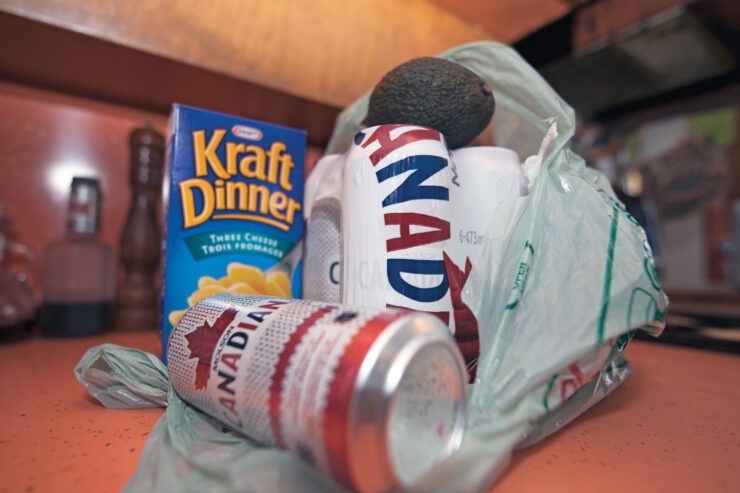More choice but could come at a cost, says U of O prof
Beer will be sold in select grocery stores across Ontario, starting this December. Before this, only the Beer Store and LCBO were allowed to sell beer in Ontario.
Thirteen chains were selected by the province to sell beer through a competitive bidding process, the province announced on Nov. 18, with up to 450 new locations to be stocked with beer.
Details are currently being kept under wraps as the Alcohol and Gaming Commission of Ontario (AGCO) and the Liquor Control Board of Ontario (LCBO) complete the authorization processes and agreements.
The province announced there will be designated areas within stores, restricted hours, and limitations on package sizes and alcohol by volume. They haven’t yet given any specifics, but they’ve announced the chains that have been selected.
So who exactly will feel the after-effects of this big move in Ontario’s beer market? Professor Tyler Chamberlin of the Telfer School of Management believes the provincially owned LCBO may not suffer too much from a drop in beer market share—as it sells many other products and has a strong customer focus—but the Beer Store could take a hit.
“(The LCBO) have done a lot to create an environment and an atmosphere for buying. Not so much The Beer Store. They’ve not had that consumer approach; they’ve never had that,” said Chamberlin. “You show up, they throw beer at you and you leave.”
Chamberlin also believes prices may be steeper as an extra step in the distribution channel is added. Unlike the LCBO, The Beer Store is privately owned by Labatt Brewing Company, Molson Coors Company, and minimally by Sleeman Breweries, meaning profits go directly to these companies.
“If you’re Molson, Coors or any sort of the big breweries you get all the profit from the retailing through The Beer Store, so if you’ve got to sell it through another chain… that’s profit theoretically that Loblaws or Wal-Mart has to make that they’re not going to make,” he said.
The aftermath of this move for beer drinkers isn’t quite clear yet, as there are still details that have yet to surface while the agreements are finalized.
“It’s a good thing, I think, for consumers in the sense that we give them choice,” said Chamberlin. “I’m not clear yet on how the pricing is going to work, whether it’s going to be considerably more expensive (at grocery chains). I wouldn’t be surprised.”
According to the website for the province of Ontario, a similar process may be in the works for wine and other spirits.
“The Premier’s Advisory Council on Government Assets is continuing discussions with wine and spirits producers on how to provide greater opportunities for Ontario’s wine industry in a trade-compliant fashion.”








